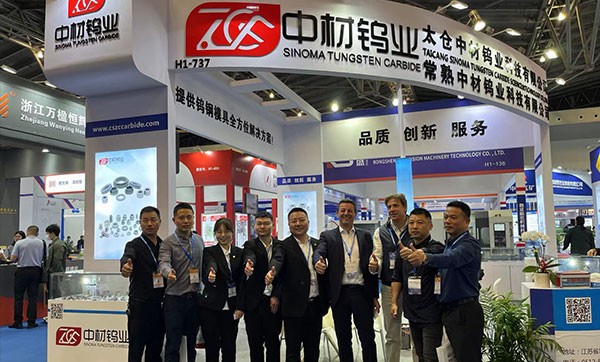Introduction:
Tungsten carbide, renowned for its exceptional hardness, wear resistance, and thermal conductivity, stands as a cornerstone material in various industries, from mining and manufacturing to aerospace and engineering. However, the properties of tungsten carbide are not solely dependent on its primary constituent, tungsten; cobalt, serving as a binding agent, plays a pivotal role in shaping its characteristics. Delving into the nuanced relationship between cobalt content and tungsten carbide properties offers profound insights crucial for optimizing its performance across diverse applications.
Understanding Tungsten Carbide:
Tungsten carbide (WC), a ceramic compound consisting of tungsten (W) and carbon (C), emerges as one of the hardest known materials, surpassing even titanium and steel in terms of hardness and strength. This exceptional hardness, combined with its resistance to abrasion and high melting point, makes tungsten carbide an indispensable component in cutting tools, drill bits, wear-resistant parts, and various industrial applications.
The Role of Cobalt:
While tungsten provides the hardness, cobalt serves as the binder, holding the tungsten carbide grains together and providing toughness and machinability. The cobalt content in tungsten carbide typically ranges from 6% to 20%, with variations tailored to specific applications. A higher cobalt content generally results in improved toughness and resistance to impact, while a lower cobalt content enhances hardness and wear resistance.
Effects of Cobalt Content on Properties:
1. Hardness and Wear Resistance:
2. Toughness and Impact Resistance:
3. Machinability and Formability:
4. Thermal Conductivity:
Optimizing Cobalt Content:
Balancing the cobalt content in tungsten carbide is a delicate task, requiring careful consideration of the specific requirements of the intended application. While higher cobalt content enhances toughness and machinability, it may compromise hardness and wear resistance. Conversely, lower cobalt content maximizes hardness and wear resistance but may reduce toughness and formability.
Conclusion:
The relationship between cobalt content and tungsten carbide properties underscores the intricate interplay between hardness, toughness, wear resistance, and machinability. By understanding and optimizing cobalt content, manufacturers can tailor tungsten carbide formulations to meet the diverse needs of various industries, ensuring optimal performance and durability in critical applications. As technology advances and new challenges emerge, further research into the manipulation of cobalt content promises to unlock even greater potential for this versatile material.




